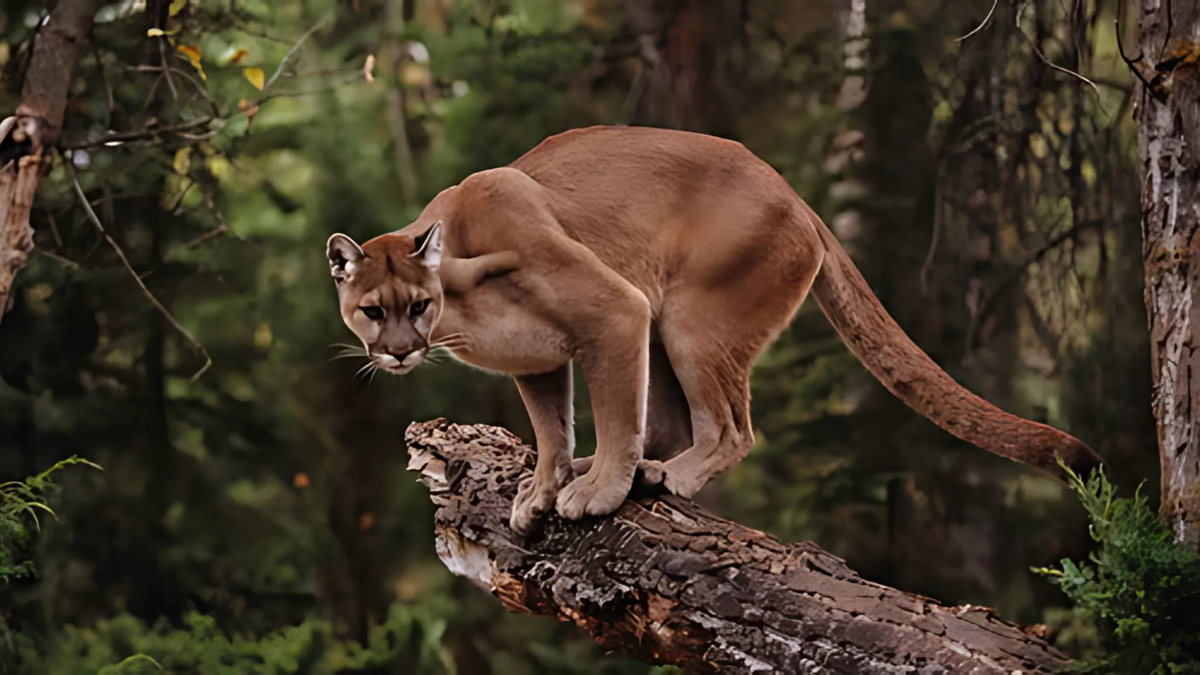Summary – A recent cougar attack in a U.S. national park has spurred urgent searches and raised concerns about human-wildlife interactions in protected areas.,
Article –
The rising number of cougar attacks in U.S. national parks is generating concern about human-wildlife interactions in these protected areas. A recent incident triggered urgent searches and sparked discussions about safety, wildlife management, and public awareness in America’s natural spaces.
What Sparked the Controversy?
A recent cougar attack led to immediate action by park rangers, who used trained dogs to track the animal. This event highlighted the challenges of ensuring safety while conserving wildlife within heavily visited national parks.
Timeline, Actors, and Locations
The incident occurred while visitors were exploring a national park’s scenic areas. Park rangers responded promptly but did not disclose the exact location to protect visitor safety. Cougars, also known as mountain lions or pumas, inhabit forested and mountainous regions of the U.S., and their presence in public lands poses ongoing management challenges.
Deeper Context and Underlying Issues
Human expansion into natural habitats has increased encounters with wildlife like cougars. These predators, typically avoiding humans, have adapted to fragmented habitats, sometimes coming closer to populated or frequently visited areas. Contributing factors include:
- Habitat loss
- Prey scarcity
- Seasonal behavioral changes
The National Park Service (NPS) has run educational programs advising visitors to maintain distance, travel in groups, and avoid hiking during times when cougars are most active, yet recent incidents show there’s a continued need for improved safety measures.
Reactions from U.S. Officials, the Public, and Experts
Park officials have increased patrols and monitoring efforts, while wildlife experts emphasize respecting predators’ habitats and enhancing visitor communication. Public views vary, with some advocating for restricted access to high-risk areas and others opposing excessive limitations on park access. Meanwhile, lawmakers are debating how to balance wildlife protection with tourism and economic interests.
Political and Legal Fallout
No direct legislation has yet resulted from this attack, but it may influence future discussions on funding for park management and wildlife research. Potential legal considerations include revisions to:
- Wildlife control measures
- Visitor education programs
- Emergency response protocols within federal lands
Frameworks such as the National Environmental Policy Act (NEPA) and the Endangered Species Act (ESA) will guide any new regulatory efforts.
National Impact and Policy Outcomes
The incident reflects a broader problem of increasing human-wildlife conflicts due to population growth and habitat fragmentation. Possible policy responses include:
- Increased funding for research into animal behavior
- Improved wildlife tracking technologies
- Expanded educational outreach to visitors
- Collaboration with indigenous and local communities to develop coexistence strategies
What’s Next for the U.S.?
The National Park Service and related agencies are expected to review and enhance wildlife safety protocols. This may involve investing in:
- Better monitoring resources
- Technology for early detection of predator movements
- Strengthened visitor education programs
Experts agree that as human-wildlife interactions rise, science-based and balanced approaches will be essential to protect both public safety and conservation goals. The recent cougar attack serves as a reminder of the complex relationship between people and wildlife, emphasizing the need for ongoing dialogue and adaptive management in America’s treasured natural landscapes.







Average Rating